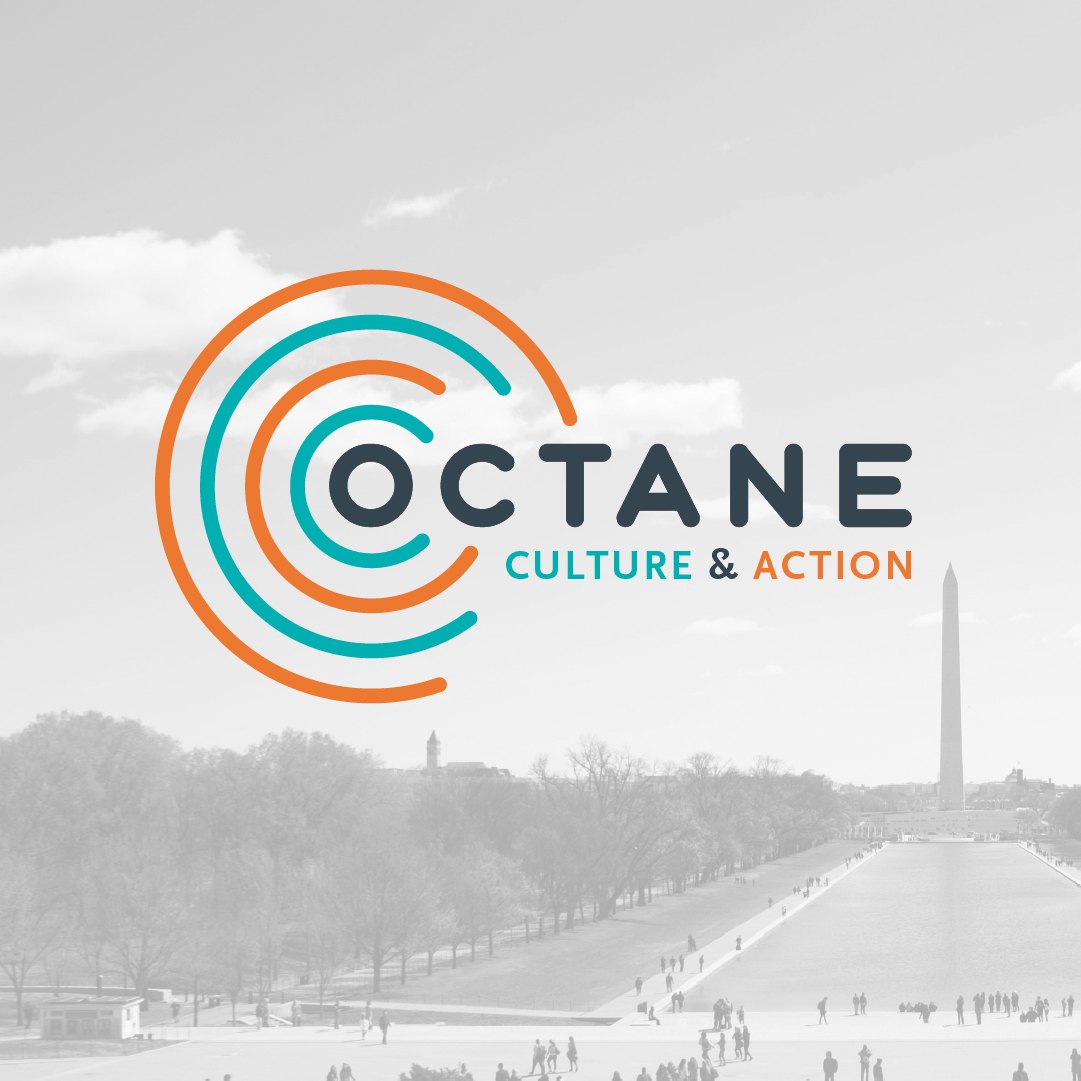This past year, Octane Public Relations surmounted the obstacles that the COVID-19 pandemic tried to place on our company, employees, and their families. We built on the processes put in place in March 2020 addressing the continuing pandemic workplace and delivering remarkable results for clients. On top of our external successes, Octane developed positive changes internally. Let’s take a look at the highlights of 2021 at Octane.
Change in Leadership
After more than 20 years of co-leadership, Everett Hamilton became the sole owner of Octane Public Relations and Advertising this year.
“Octane was founded because we both had an interest in public relations. And for two decades, we kept that philosophy of targeted communications alive,” said Everett Hamilton, who is Octane’s sole owner and Chief Executive Officer. “I promise I will keep our vision alive.”
Mr. Hamilton provides leadership and vision for sustaining a successful and industry-lauded public relations firm in the District of Columbia. He has more than 20 years of experience in public relations, communications, and marketing consulting for the DC government, the federal government, and private sector entities. His rich experience includes expertise in reaching marginalized groups: African Americans, Hispanics, LGBTQ+, low-income and low-literacy residents, youth, and seniors.
Mr. Hamilton is a trusted partner and collaborator across Washington, DC, having served as Chair of the Edgewood/Brookland Family Support Collaborative Board of Directors, Vice-Chair of the DC Citywide Collaborative Council, and member of the Washington, DC Convention and Tourism Corporation LGBT Marketing Committee. He is a former member of the Marriott Customer Diversity Advisory Board, the Metropolitan Washington Airports Commission, and the DC Housing Finance Agency.
Keen on collaboration with communities, Mr. Hamilton infuses lessons learned into Octane’s philosophy and the language Octane uses to assist clients in reaching their goals.
Social Equity Division
A new division of our firm, Octane Social Equity, launched in 2021. The division develops comprehensive brand identities for companies and organizations, demonstrating their solid commitment to social equity, both internally and externally. Octane works with clients to present honest communication that diminishes ambiguity surrounding corporate policies, actions, and beliefs, which act as symbols of positive social change in our constantly evolving cultural landscape.
Octane has successfully developed social equity brands for national organizations across industries, including energy and power, health and wellness, the booming legal cannabis industry, and more. Here are some highlights:
What Drives Us
With client Pepco Holdings, the leading Mid-Atlantic electric and gas utility company, Octane developed a Corporate Impact Report, which presented overarching information about the company’s community and social good efforts in environmental sustainability, diversity and inclusion, employee engagement, and more.
In tandem, Octane developed the What Drives Us campaign to communicate Pepco Holdings’ new level of commitment to diversity and inclusion that is aligned with its purpose, which is to power a cleaner and brighter future for its customers and communities.
The brand rolled out across all utilities beginning with the release of the 2021 Community Impact Report and an inspirational What Drives Us video. Octane’s success in planning, packaging, and releasing the new campaign has since resulted in a spinoff effort, GROW Together, an initiative that recognizes that diversity fuels growth and makes each person stronger. It is a commitment to remain true, fostering a company and community that values and rewards team members for how they use their differences to make Pepco Holdings a better place to work.
B NOBLE and Rooted in Good
- Curaleaf Holdings, Inc., a leading medical and wellness cannabis operator in the United States, launched its CSR division, Rooted in Good, as part of its larger commitment to advance racial and social equity in cannabis. Considering the harsh history of racism and the harm caused by the War on Drugs, Curaleaf wanted to ensure that it was doing its part to dismantle cannabis bias and provide equitable opportunities.
- Octane developed branding, including the Rooted in Good logo, as well as a robust public relations and communications strategy to connect with key audiences and garner brand awareness of Rooted in Good via media and public relations opportunities. Led by Vice President of Corporate Social Responsibility Khadijah Tribble, Rooted in Good delivers social impact by focusing efforts within three key pillars: Diversity, Equity, and Inclusion; Social Equity; and Sustainability, ultimately achieving key goals through the company’s strategic social partnerships.
Looking Ahead to 2022
As we embark on our 22nd year of serving DC as a leader in communication, we look forward to tackling important racial and social issues to help create an equitable future. We are an African-American- and LGBT-owned company that strives to connect with key communities and to keep people at the center of our work in the spirit of true diversity and progressive change. And we are so excited about the new year and the prospects ahead that will allow us to continue making progress!






 Octane’s new brand identity.
Octane’s new brand identity.